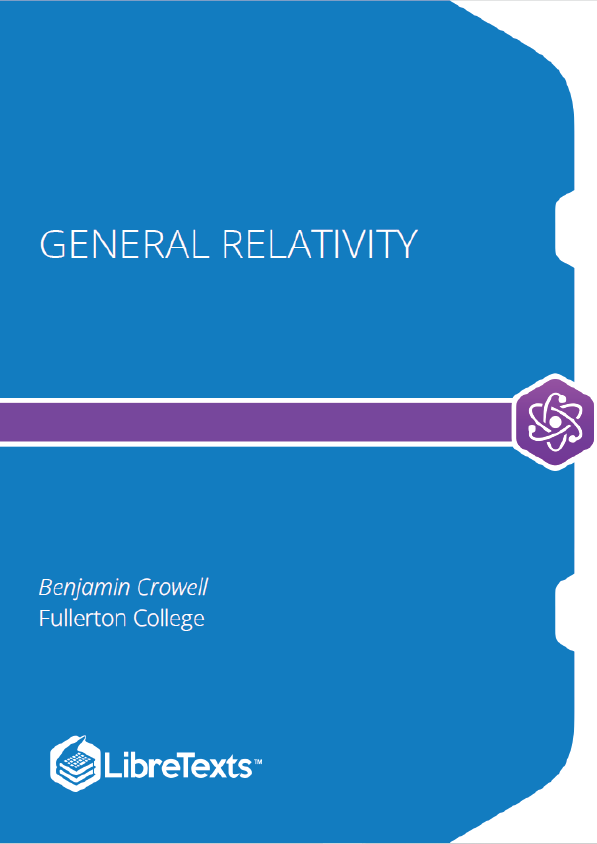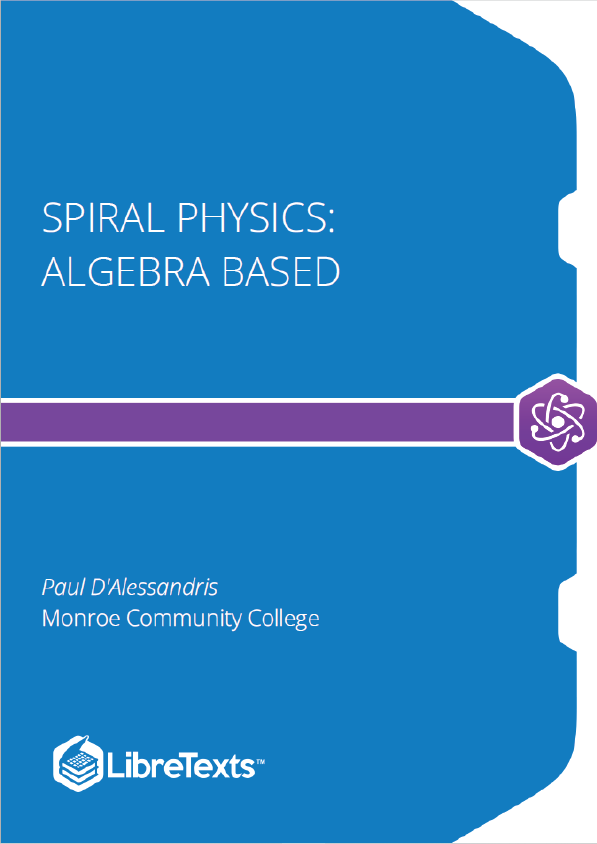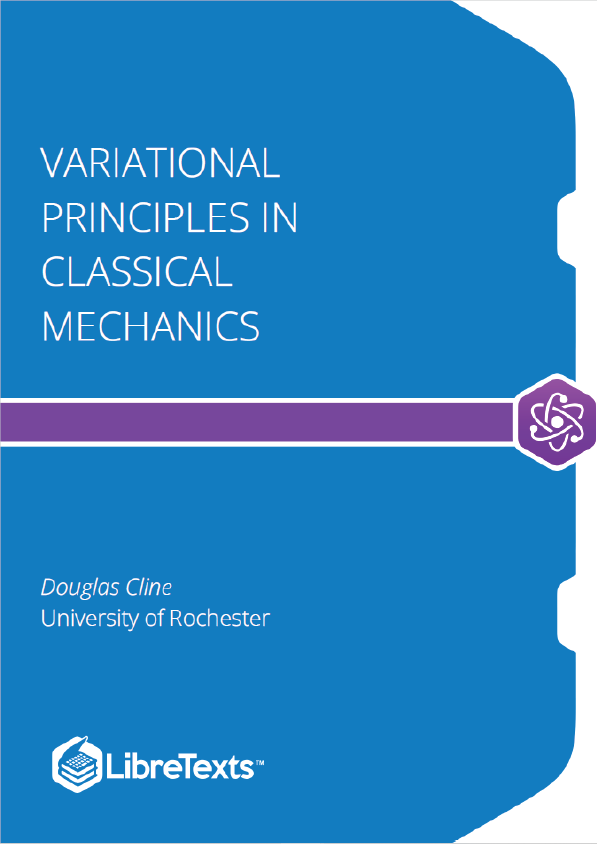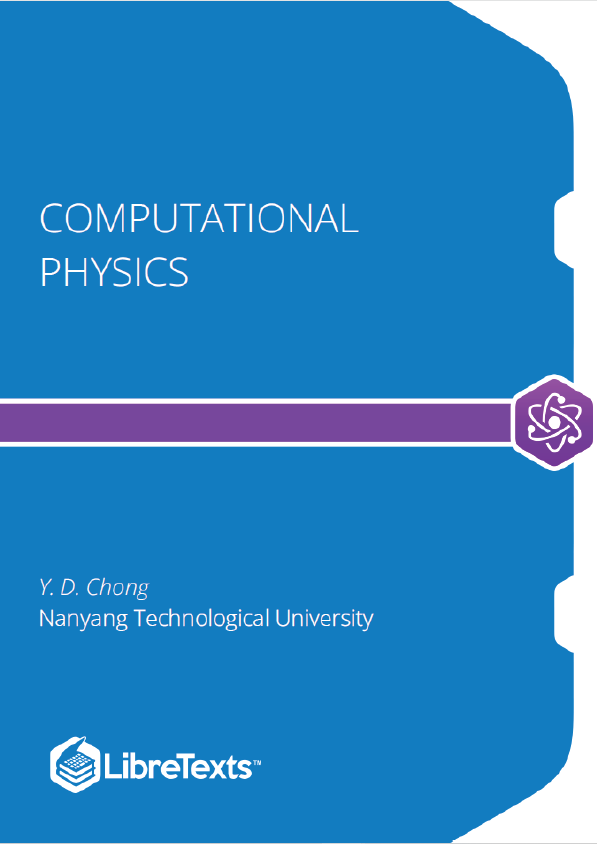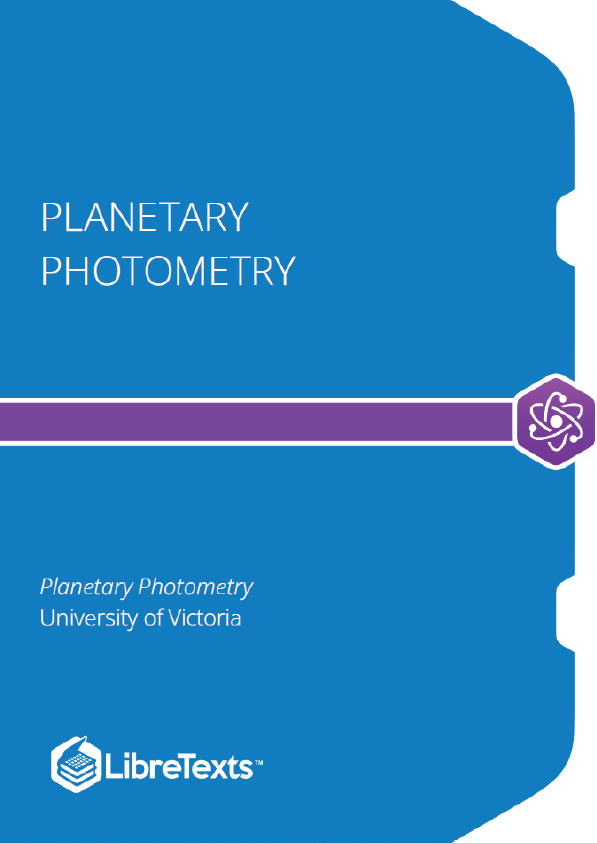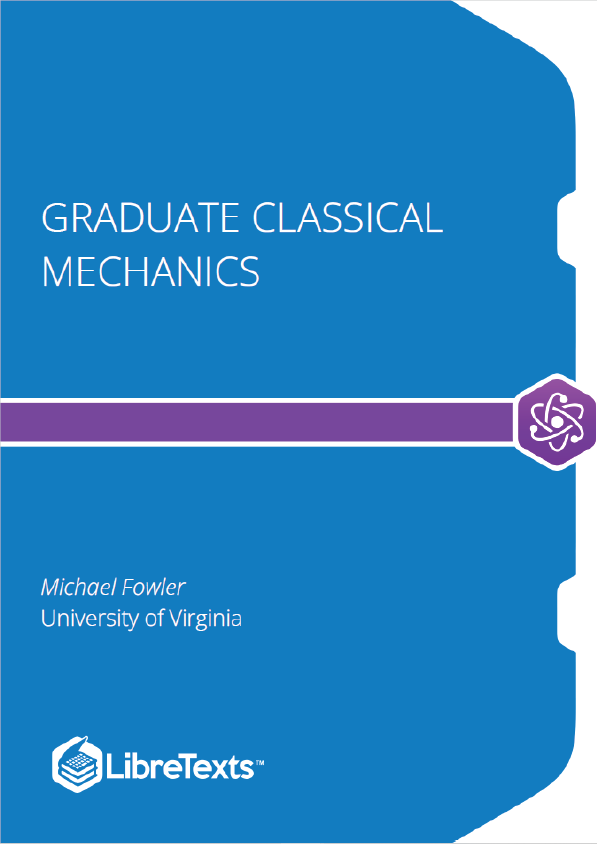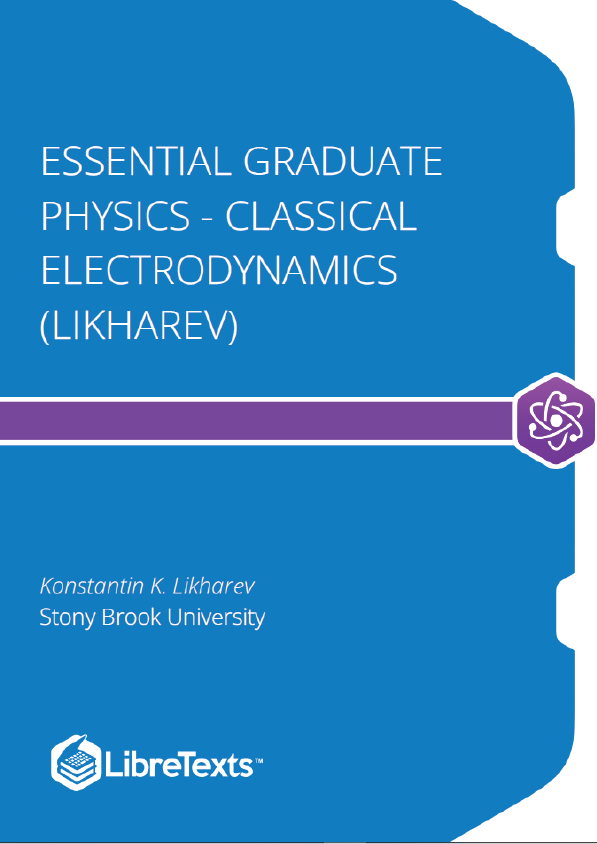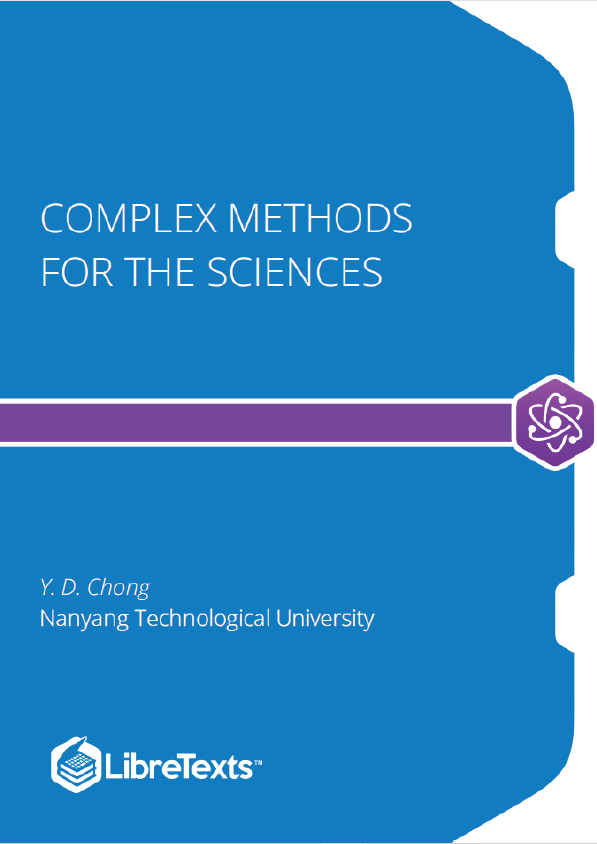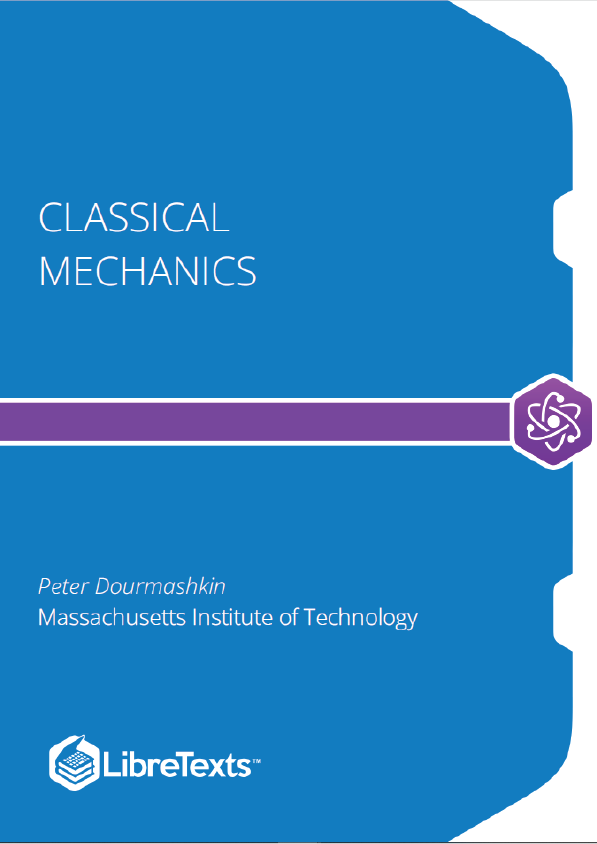This text focuses on general relativity for upper-division undergraduates majoring in physics. It is meant to be especially well adapted for self-study, and answers are given in the back of the book for almost all the problems. The ratio of conceptual to mathematical problems is higher than in most books. The notational system emphasized most strongly is coordinate-free abstract index notation. Knowledge of first-year calculus and lower-division mechanics and electromagnetism is assumed. Differential equations, linear algebra, and vector calculus are used in various spots, and although it would not be too hard to skip over those spots while understanding the general ideas, the reality is that general relativity is a subject in which a fairly high degree of mathematical maturity will be useful. Special relativity is introduced from scratch, but it will be very helpful to have a thorough previous knowledge of Special Relativity.
Time and Causality
Updating Plato’s allegory of the cave, imagine two super-intelligent twins, Alice and Betty. They’re raised entirely by a robotic tutor on a sealed space station, with no access to the outside world. The robot, in accord with the latest fad in education, is programmed to encourage them to build up a picture of all the laws of physics based on their own experiments, without a textbook to tell them the right answers. Putting yourself in the twins’ shoes, imagine giving up all your preconceived ideas about space and time, which may turn out according to relativity to be completely wrong, or perhaps only approximations that are valid under certain circumstances.
Causality is one thing the twins will notice. Certain events result in other events, forming a network of cause and effect. One general rule they infer from their observations is that there is an unambiguously defined notion of betweenness: if Alice observes that event 1 causes event 2, and then 2 causes 3, Betty always agrees that 2 lies between 1 and 3 in the chain of causality. They find that this agreement holds regardless of whether one twin is standing on her head (i.e., it’s invariant under rotation), and regardless of whether one twin is sitting on the couch while the other is zooming around the living room in circles on her nuclear fusion scooter (i.e., it’s also invariant with respect to different states of motion).
You may have heard that relativity is a theory that can be interpreted using non-Euclidean geometry. The invariance of betweenness is a basic geometrical property that is shared by both Euclidean and non-Euclidean geometry. We say that they are both ordered geometries. With this geometrical interpretation in mind, it will be useful to think of events not as actual notable occurrences but merely as an ambient sprinkling of points at which things could happen. For example, if Alice and Betty are eating dinner, Alice could choose to throw her mashed potatoes at Betty. Even if she refrains, there was the potential for a causal linkage between her dinner and Betty’s forehead.
